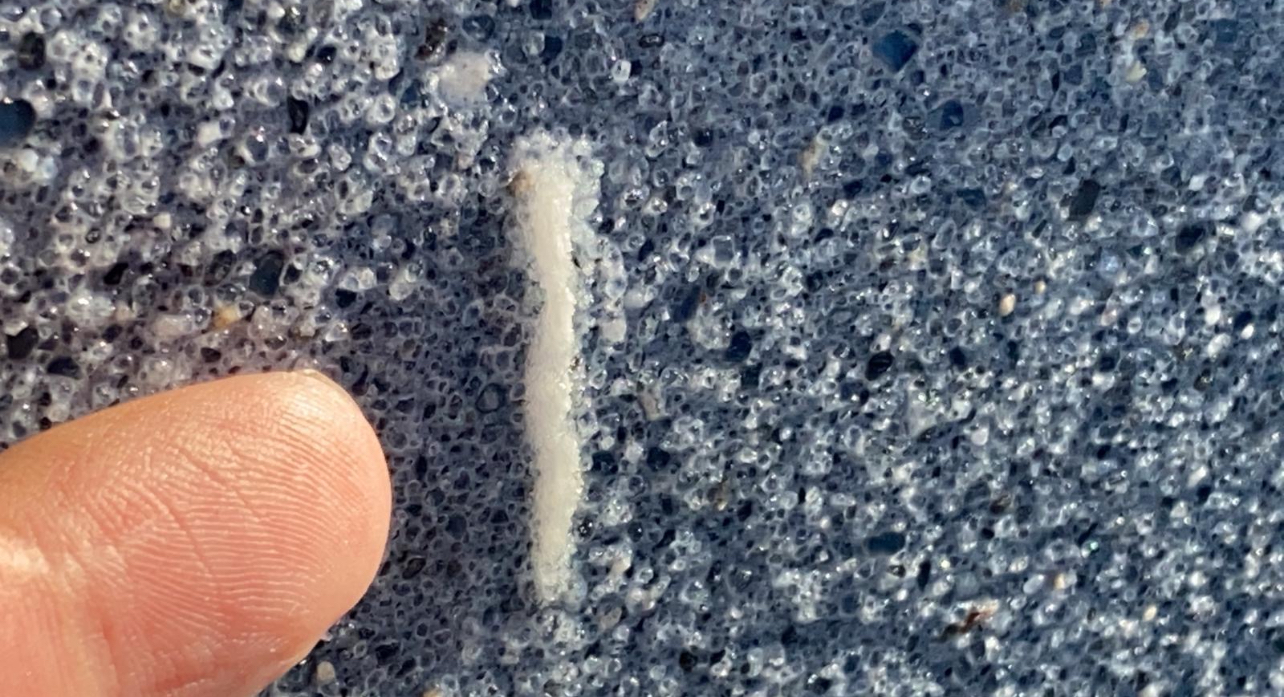Blog
Why pools get calcium stains?

Why Pools Get Calcium Stains—and How to Prevent Them
If you’ve noticed unsightly white or grayish patches along your pool’s walls, tile line, or floor, you’re not alone. Calcium stains are one of the most common issues pool owners and professionals face. But why do they happen?
What Causes Calcium Stains?
✅ High Calcium Hardness:
When your pool water has too much calcium, it can’t stay dissolved and begins to deposit onto surfaces.
✅ High pH Levels:
Water with a high pH becomes more prone to scale formation, causing calcium carbonate deposits.
✅ Water Evaporation:
In hot climates, water evaporates but leaves minerals behind, increasing the chance of calcium buildup, especially around the waterline.
✅ Poor Water Balance:
Incorrect water chemistry can quickly lead to scale and staining. Regular testing and adjustment are essential.
✅ Salt Systems:
Pools with salt chlorine generators sometimes experience more calcium scaling, particularly on tile and spillways.
How to Prevent and Remove Calcium Stains
- Regularly test and balance your water’s calcium hardness, pH, and alkalinity.
- Use sequestering agents to help keep calcium dissolved.
- Maintain proper water levels and avoid excessive evaporation when possible.
- For existing stains, professional polishing or specialized cleaning products may be required.
At Coyote, we manufacture high-performance tools specifically designed to help pool professionals restore and maintain beautiful, stain-free surfaces. Investing in the right equipment makes tackling calcium stains faster, safer, and more profitable.
